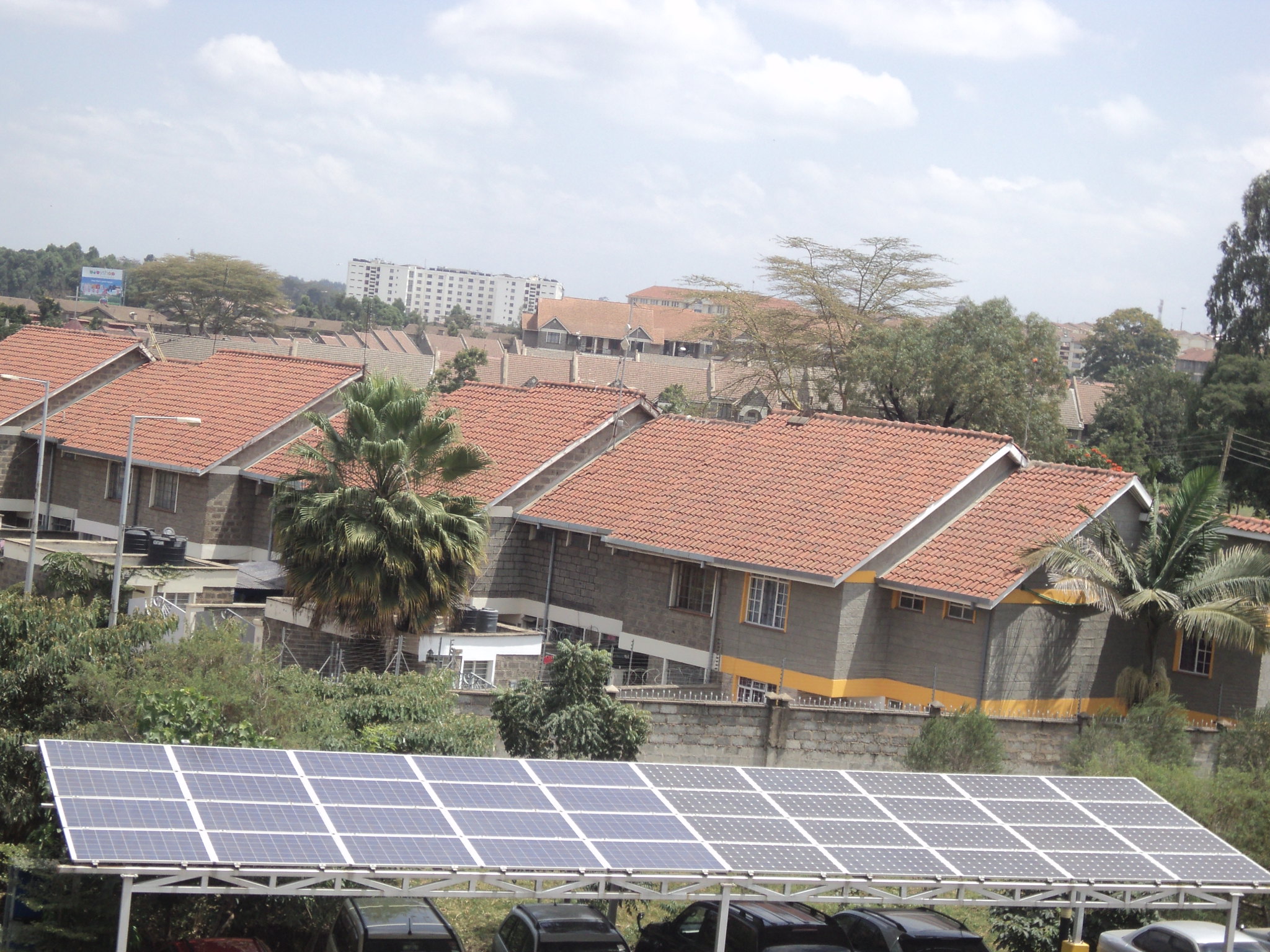 Current global trends indicate that over 50% of the world’s human population lives in urban areas. Although the figure for the African continent is lower at 40%; its growth rate of 3.6 % is double the worlds average and the highest globally.
Current global trends indicate that over 50% of the world’s human population lives in urban areas. Although the figure for the African continent is lower at 40%; its growth rate of 3.6 % is double the worlds average and the highest globally.
Urban centres have greater requirements for the generation, distribution and consumption of energy than do rural areas. Energy is required in urban housing (high and middle density), transportation (intra and inter city transportation), infrastructural demands for commerce and industry, global communication and other expectations of increased populace.
The levels of energy demand vary from single unit residential lighting to large scale industrial production plants. Additionally, inbuilt heating systems for buildings or air conditioning systems may be required depending on the climatic zone. These requirements vary depending on the density, population and planning of the area.
The demand for energy in urban centres appears unmatched to energy demands in other forms of human settlements. Mans activities require increased amounts of energy and the current consumption model is under question by experts worldwide. The continuous use of fossil fuel reserves to sustain modern lifestyles and maintain current industries is one of the major challenges of energy use today.
Nairobi has a population of slightly over 3.5 million people that is expected to grow to 5 million people by 2030. Due to this, energy and consumption demands are on the rise. To avoid ending up like many other modern cities, highly polluted and congested, there is a need to examine efficiency in energy use. Nairobis climatic conditions favour investment in renewable energy with all year sunlight, moderate wind and regular rainfall.
Studies indicate that in many cities up to half of the energy consumed is by buildings alone and currently Nairobi does not have a green building rating system. Construction is undertaken using traditional methods and with little attention paid to energy consumption and saving. In the few instances where attempts have been made, the American LEED rating system has been used, however this may not fully consider local conditions. There have been efforts made to incorporate a local green building standard, taking into consideration Sustainable Sites and Development, Water Conservation and Efficiency, Energy and Atmosphere, Material and Resources, Indoor Environmental Air Quality, Innovation Operation and Maintenance. Legal implementation is pending.
Even so, the vast majority of middle and lower class areas have witnessed little effort in basics such as natural lighting and ventilation. Buildings are often put up right next to each other in total disregard of planning laws and regulations. Studies indicate that buildings can save up to 50% energy depending on their design; the same applies for cities on a larger scale.
 Another major energy consumer and pollutant is vehicular mobility. The city is experiencing increased use of private vehicles and lacks any form of adequate mass transit to counter this trend. This is exacerbated by increased sprawl brought about by poor traditional zoning policies. A recent NMT policy developed for the City is yet to be adopted and its implementation will require a lot of political goodwill and investment.
Another major energy consumer and pollutant is vehicular mobility. The city is experiencing increased use of private vehicles and lacks any form of adequate mass transit to counter this trend. This is exacerbated by increased sprawl brought about by poor traditional zoning policies. A recent NMT policy developed for the City is yet to be adopted and its implementation will require a lot of political goodwill and investment.
Although many cities have adopted garbage and waste use for energy production, the city of Nairobi has attempted this only on a small scale in the informal settlements. The use of dumpsites to produce energy for lighting of houses has been proposed but its implementation remains to be seen. The Dandora dumpsite is believed to have the potential of producing over 70 MW per hour, but this is yet to be experienced practically.
The Ukrainian City of Lviv reduced its annual energy consumption in public buildings by 10% through a Monitoring and Targeting programme, a saving of almost USD 1 million . Singapore’s good connectivity and dense land use has resulted in up to 63% of the population using public transport, thus reducing greenhouse gas emissions. In 1999, Cape Town launched the Kuyasa Project, an energy efficient (EE) initiative for over 2000 low-income houses. Via use of Solar water heaters, ceiling insulation and compact fluorescent lamps (CFLs), the project has saved up to 7.40 million kWh and over 6000 Co2 emissions per annum. The insulated ceilings also improved thermal comfort leading to reduced paraffin and electricity use.
There is a vast array of measures that cities can adopt to attain efficient energy use. Several cities have accomplished this using a variety of means. Building and Heating, Public Lighting, Solid Water Management, Urban Planning (Land use), Transportation, Water and Wastewater use, Housing (especially low income) are some of the major sectors that can be reviewed when working towards energy efficiency.
What should be the immediate short term measures growing cities can take towards reducing energy consumption? What are the most efficient means of renewable energy used in your city?
Images by Constant Cap. Data linked to sources.

A very good idea indeed.